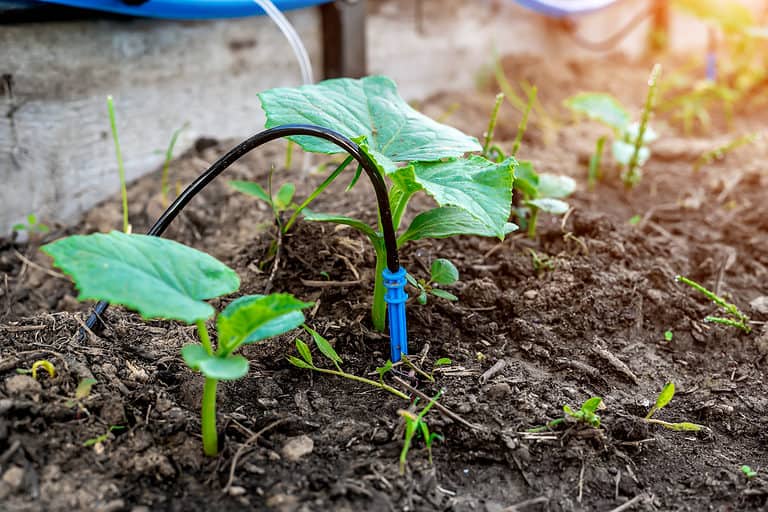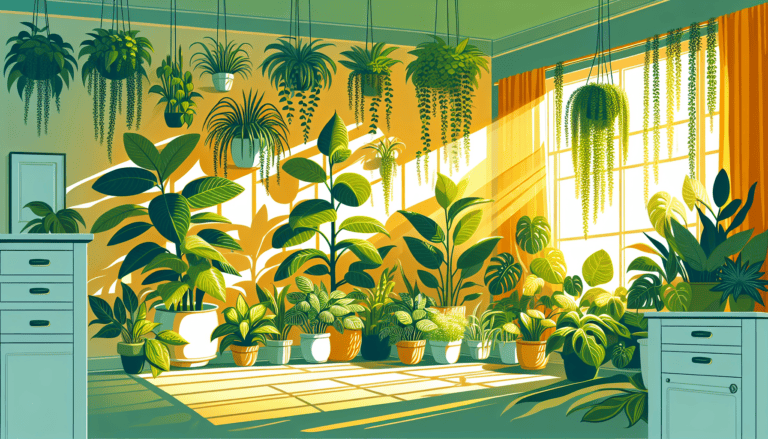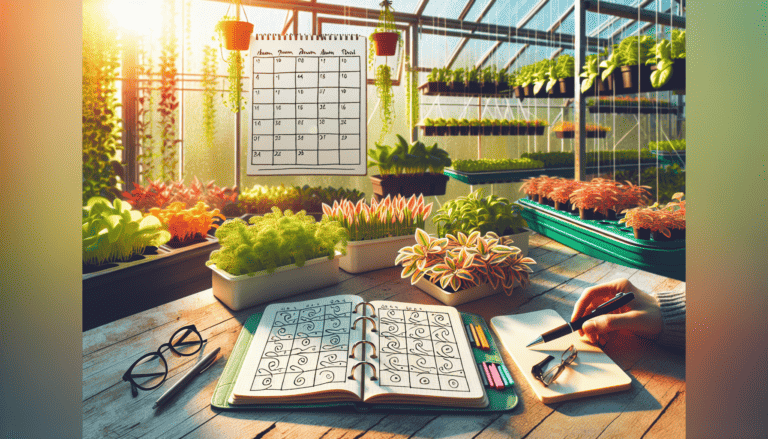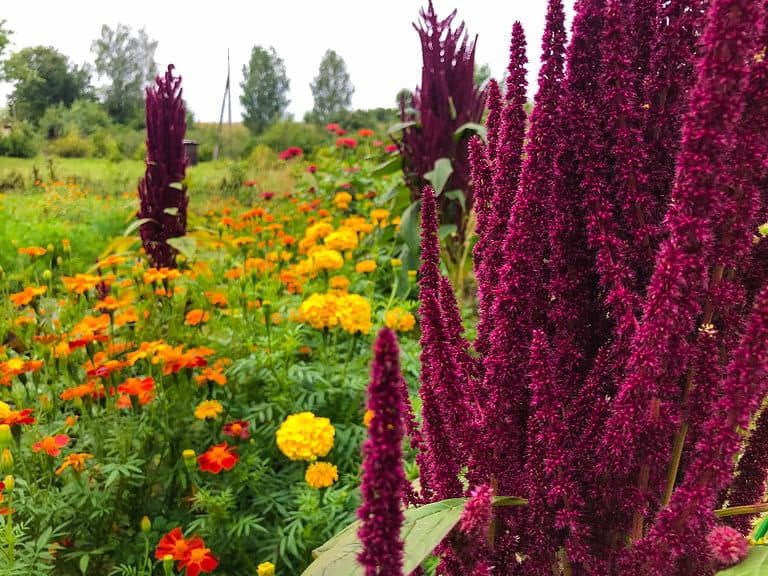Tips on Growing Corn
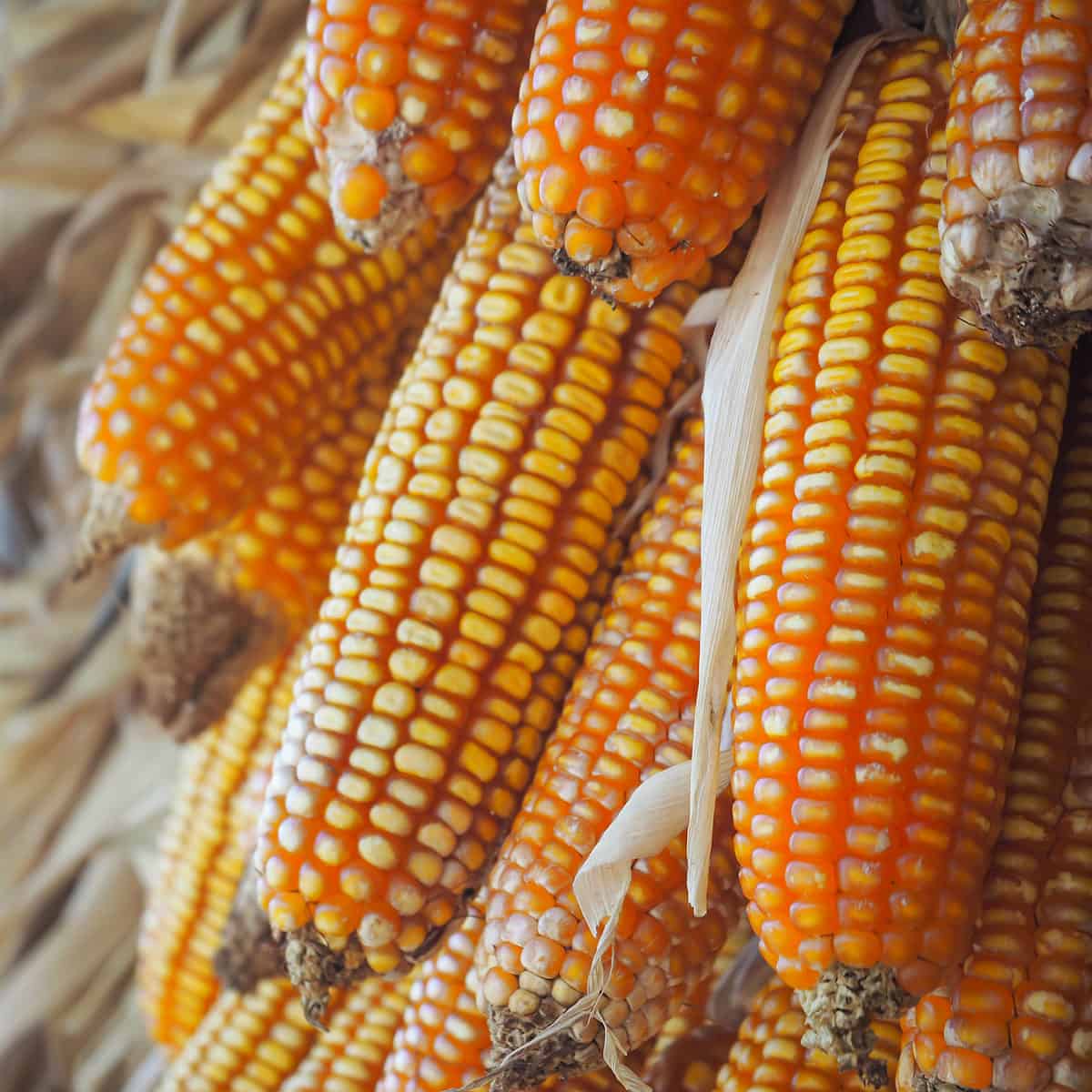
Growing corn can be a rewarding and delicious gardening experience. Here are some tips on how to grow corn healthily and abundantly.
How To Grow Corn
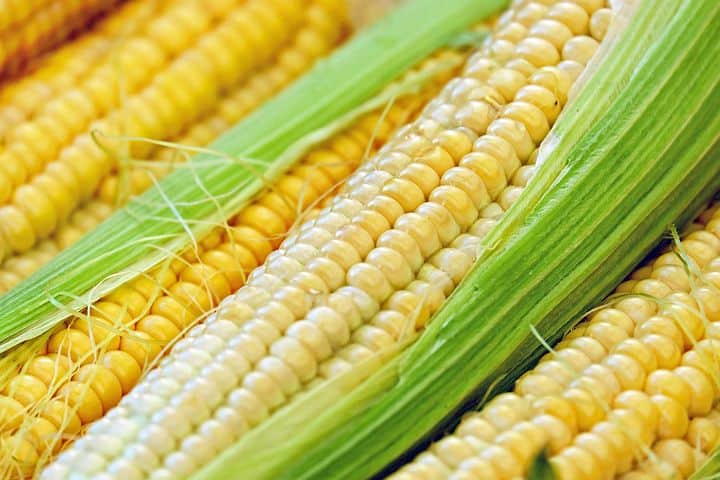
1. Choose The Right Location:
Corn needs plenty of sunshine and well-draining soil. Choose a location that gets at least 6 hours of direct sunlight per day and has soil that drains well. Corn also prefers a slightly acidic soil, with a pH between 6.0 and 6.8.
2. Plant At The Right Time:
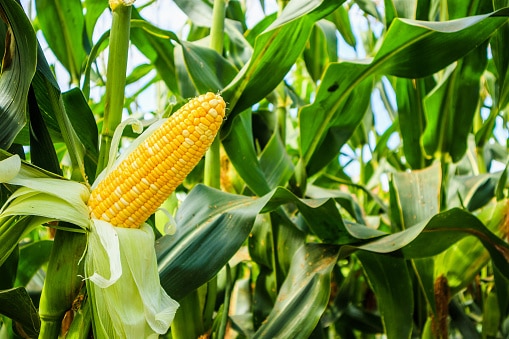
Corn is a warm-season crop, so it is important to plant it at the right time. Using a greenhouse proves helpful when you want to cultivate at any time of the year. In most areas, this means planting corn after the last frost in the spring, when the soil has warmed up to at least 60 degrees Fahrenheit.
3. Use The Right Seeds:
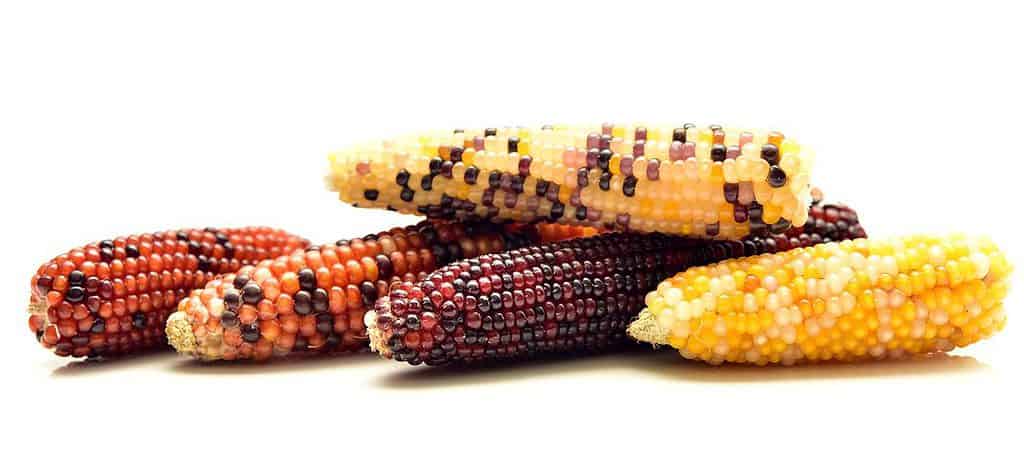
Corn seeds come in different types, including sweet corn, field corn, and popcorn. Choose the type of corn that is best suited for your climate and gardening goals.
4. Plant In Rows:
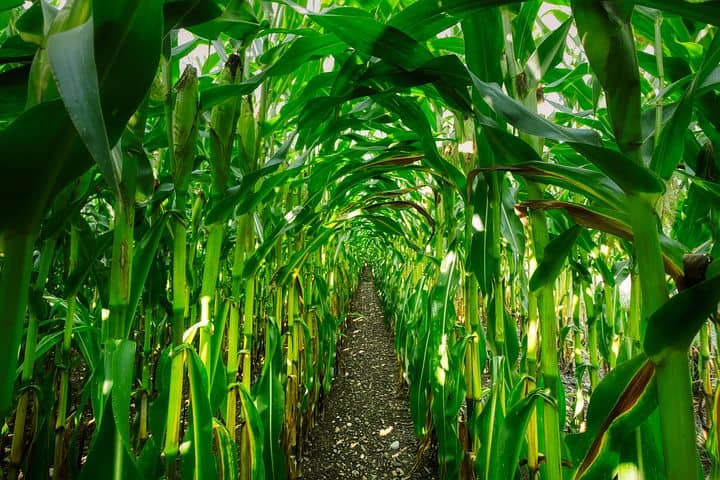
Corn is typically planted in rows, with seeds spaced about 6 inches apart. Planting corn in rows helps the corn stalks support each other as they grow.
5. Water Regularly:
Growing corn requires plenty of water to grow. Water the soil around the corn plants deeply and regularly, being careful not to over-water or allow the soil to dry out completely.
6. Fertilize:
Corn is a heavy feeder and benefits from regular fertilization. Use a balanced fertilizer, such as a 10-10-10 or 20-20-20, and follow the instructions on the package for the proper amount to use.
7. Support The Plants:
As the corn plants grow, they may need support to keep them upright. You can use stakes, cages, or twine to support the plants and prevent them from falling over.
8. Control Pests And Diseases:
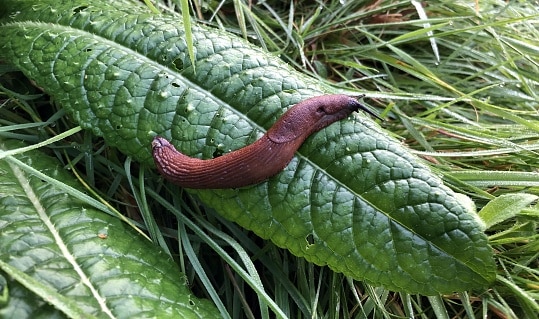
Corn can be prone to pests and diseases, such as corn earworms and corn smut. Keep an eye out for any signs of problems and take appropriate measures to control them. This may include using pesticides or removing affected plants.
With proper care and attention, you can grow healthy and abundant corn in your own garden. Happy gardening!

